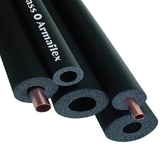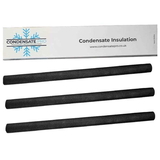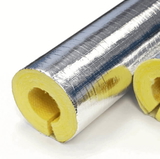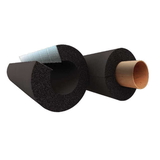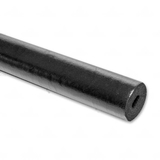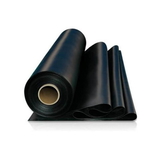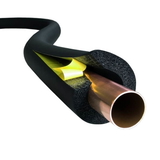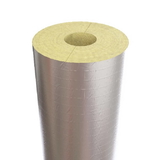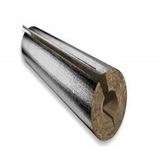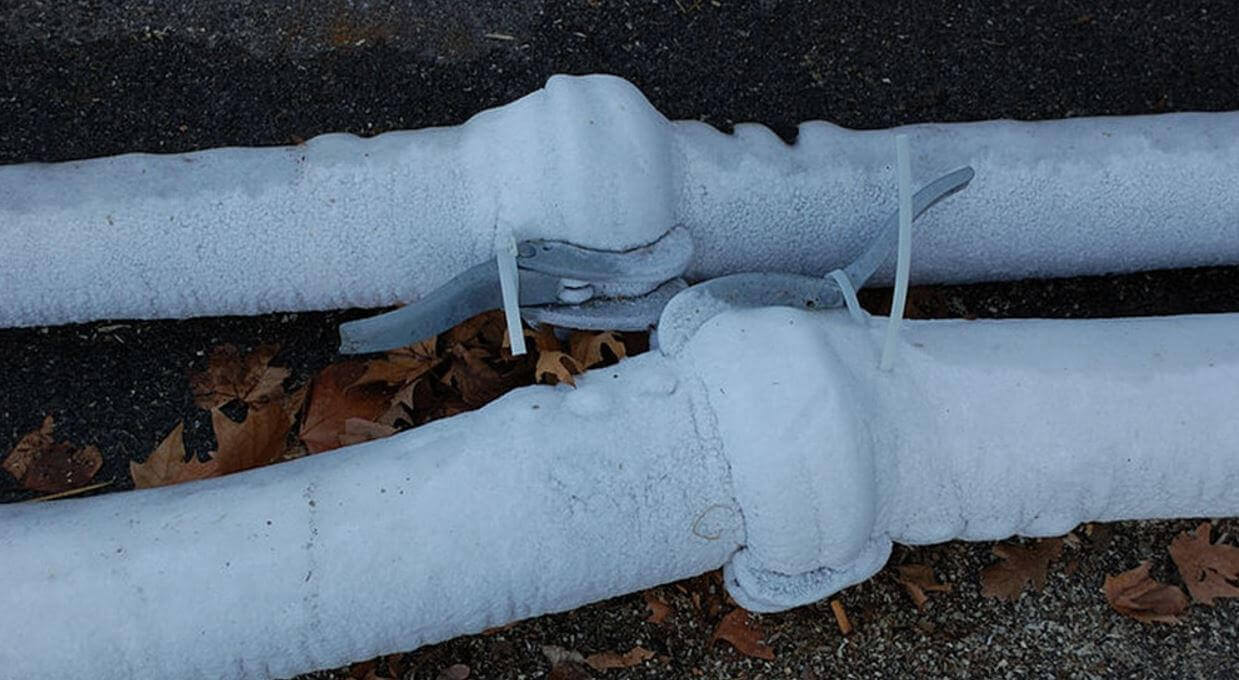- Blogs
- Are your pipes winter- ready?
Are your pipes winter- ready?
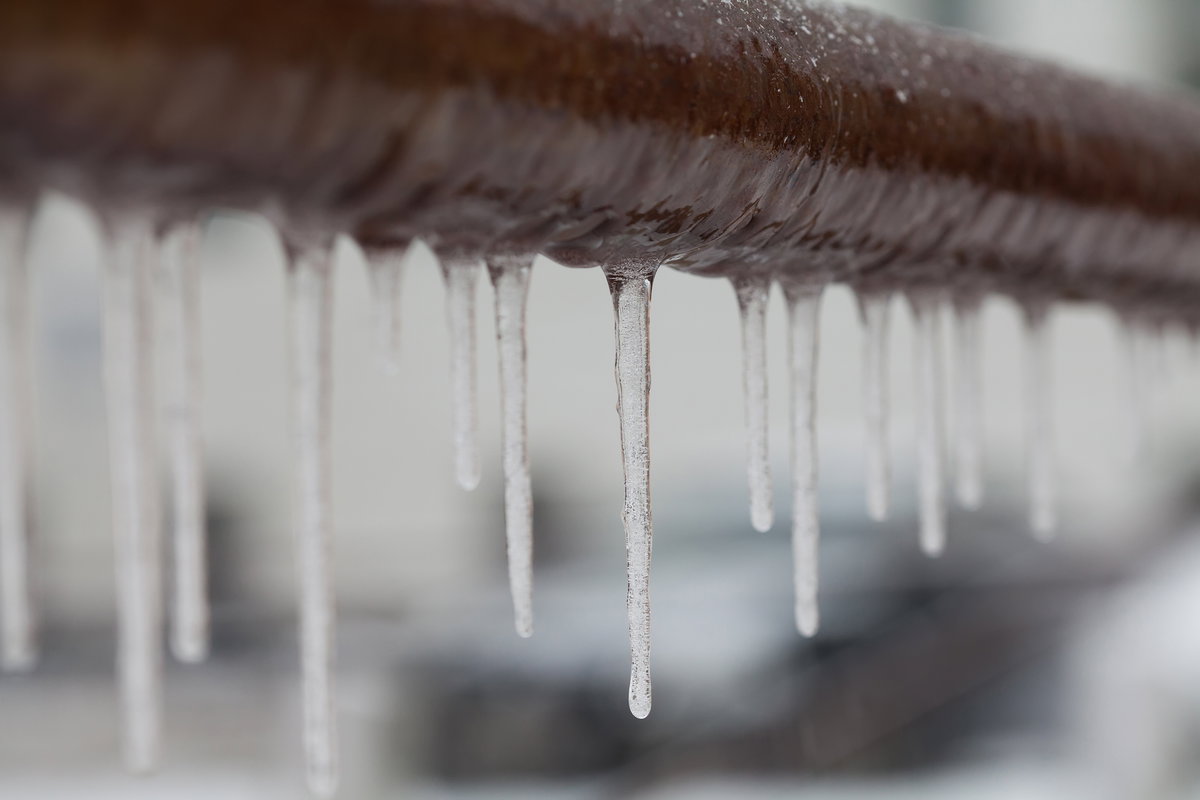
While we gear up for winter with coats and woolly hats, we must also prepare our homes for the extreme cold. The task might not be as daunting as you think. Insulation comes a long way in winter-proofing your home and keeping you and your loved ones safe and warm. Buying insulation online also helps you choose from the wide range of quality insulation products available, all from the comfort of your home.
When it comes to getting your home winter-ready, pipe insulation or HVAC insulation should not be neglected.
Pipe insulation helps you save your hard-earned money and energy, plus it increases the longevity of your plumbing.
One of the major issues you could face without proper pipe insulation in winter is pipe freezing and pipe bursts. Let's investigate pipe-freezing a bit more in this blog.
Why do pipes freeze?
Even when the taps aren't on, the pipes contain a tiny amount of water in them. When the temperature drops, this water may freeze.
As the water in the pipes freezes and expands, it pressurises the pipe from the inside out. If the pipe is unable to handle this pressure, it bursts. Whether or not the pipe can cope with this pressure depends on the volume of frozen water, the shape, type of the pipe and the possibility of corrosion already present in the pipe.
The effects of frozen pipes:
Frozen pipes can wreak havoc at home and disrupt your day-to-day activities. Frozen pipes mean you will not have water coming out of your taps and no water in the boilers to enjoy a hot shower.
Pipe freezing can also lead to a more expensive issue called pipe bursts. A burst pipe in a home can cost anything between £6,500 and £7,500 to repair. When the water in the pipes freezes and expands, it splits the metal pipe surrounding the ice, causing it to burst. A burst pipe can splash water all over, causing damage to the ceilings, floors, electricity, and furniture.
Tips to prevent pipes from freezing:
![pipe insulation4]() 1. Pipe insulation:
1. Pipe insulation:
When the winter weather sets in, all water pipes, whether new or old, copper or plastic, inside or outdoors, have the potential to freeze and break. One of the most effective ways to keep your pipes from freezing and breaking is to insulate them. Pipe Insulation is a simple and cost-effective process.
Pipe Lagging is simply a piece of inexpensive foam tubing that you wrap around your pipes to shield them from harsh elements. Buying pipe insulation online or visiting a local DIY store can provide affordable pipe lagging and jackets that you can install yourself for free. Just double-check the thickness of the pipe and the dimensions of the valve and tank first.
Certain areas require special attention when you are installing pipe insulation.
Pipes in unheated or colder regions: Pipes located above the existing insulation in unheated areas like lofts and crawl spaces, are most vulnerable to freezing. Pipe lagging can help safeguard these pipes.
Pipework located outside the building: It is crucial to insulate the bends, valves, and fittings in addition to straight lengths of pipe when it comes to pipework located outside the building. Removable thermal insulation jackets are excellent to insulate valves.
Water tanks: They are the most common sources of broken pipes during a cold spell, but somehow, they are often overlooked and left uninsulated. Ensure all the tanks are well insulated especially, if they are located in cooler regions, such as basements, garages, and unused lofts.
2. Service your boilers:
The colder the weather becomes, the more you turn up the heat. The more you turn up the heat, the more work your boiler needs to do. The more work your boiler must do, the more likely it is to fail. Service your boilers at least once a year, preferably during the warmer months, to ensure it is capable enough to face the winter months.
Don't forget about the condensate pipe if you have a combi-boiler or a condensing boiler. To prevent the pipes from freezing and causing your boiler to shut down, make sure it is well lagged with quality pipe lagging.
3. Know where your stopcock is:
Know the location of your stopcock. Clean the area surrounding it for easy access in case you ever have a leaky pipe emergency.
In appearance, the stopcock looks like a simple lever or faucet without a spout located in between two pipe lengths. Try out your stop tap occasionally, so you know how to use it when needed.
4. Fix leaking taps:
Leaky faucets can cause your drains to freeze and water to back up into your sink, causing an overflow.
The belief that your pipes won't freeze if you leave your tap dripping during cold weather is a misconception. So make sure your tap is always turned off, and have them fixed if they are leaking.
5. Keep the heating on:
Most of us will turn on the heating for a couple of hours in the morning, mid-day and then at night. We generally tend to keep the heating off when we are not in, for obvious reasons. But, when the heating is turned off, especially in winter, the water pipes are exposed to the cold.
One of the most common reasons for frozen pipes is insufficient heating, which is easily avoidable. Set your thermostat to a minimum of 12-14°C to keep the water in your pipes at a steady temperature. The extra heating expenditures will be worth it if it saves a pipe freeze and pipe burst.
Is your pipes frozen? How can you tell?![frozen pipes]()
If your pipes are frozen, water will not come out of them. If you are sure that there is no disruption with your local water supply, it is time you go hunting for the frozen pipe and try to thaw it as indicated below.
How to thaw frozen pipes:
- Turn on all the pipes. It will help you identify the pipe or pipes that are frozen. If it is one pipe, then you can rectify it yourself. However, if many pipes are frozen, we suggest calling for professional help.
- Allow warm air to circulate in the room. Open the lost latches and cupboards. Increase the temperature of the room. It could help to melt frozen pipes.
- If you have an exposed pipe, you can try heating it directly. First, feel your way down to try and locate the frozen section. Then, gradually warm the pipe with a hairdryer or using a warm towel. Wrap the warm towel around the frozen part. Do not use any direct flame or blow torch on the pipe as you might melt the pipe instead.
In conclusion:
You must insulate your pipework to get your home winter-ready and save yourself from the hassle and expenses of pipe freeze and burst. Service the boilers and fix your leaking taps to ensure your pipes survive through the harsh winter. Luckily, it's quite simple to do it yourself. However, if you are unsure of your DIY skills, we suggest seeking professional help to insulate pipes and tanks.
Visit www.buyinsulationonline.co.uk for superior quality pipe insulation online. We also have top-grade duct insulation, thermal insulation valve covers along with cavity wall insulation, loft insulation products at highly competitive prices. The icing on the cake is, every time you buy insulation online from us, we plant a tree in your name for free. Do not miss out on a unique opportunity. Visit today!

Samuel Hitch
Managing Director
Buy Insulation Online.
Leave A Reply
Your feedback is greatly appreciated, please comment on our content below. Your email address will not be published. Required fields are marked *













